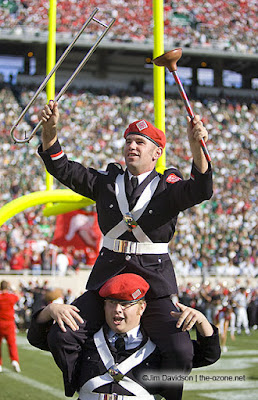Samuel "Sammy" Herman Reshevsky (born Szmul
Rzeszewski; 1911 – 1992) was a Polish chess prodigy and later a leading
American chess grandmaster.
 |
| Reshevsky with Dutch Grandmaster Max Euwe |
He was never a full-time chess professional. He was a strong
contender for the World Chess Championship from the mid-1930s to the mid-1960s:
he tied for third place in the 1948 World Chess Championship tournament and
tied for second in the 1953 Candidates Tournament. He was an eight-time winner
of the U.S. Chess Championship.
 |
| Reshevsky with Czech-American Grandmaster Lubomir Kavalek |
An outstanding match player throughout his
career, Reshevsky excelled at positional play, and could be a brilliant
tactician when required. He took a long time over his opening moves, and often
found himself in time pressure, but this sometimes unsettled his opponent more
than it did Reshevsky.
 |
| Reshevsky with Dutch Grandmaster Jan Timman |
He was an accountant by profession, and a well-regarded
chess writer.


















































